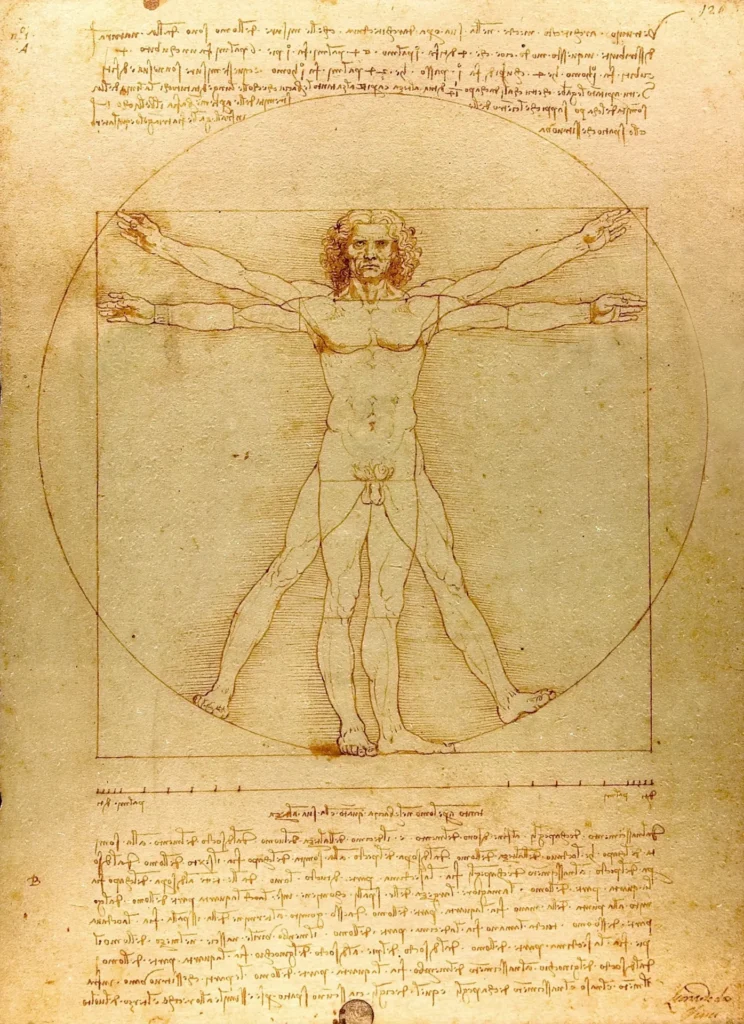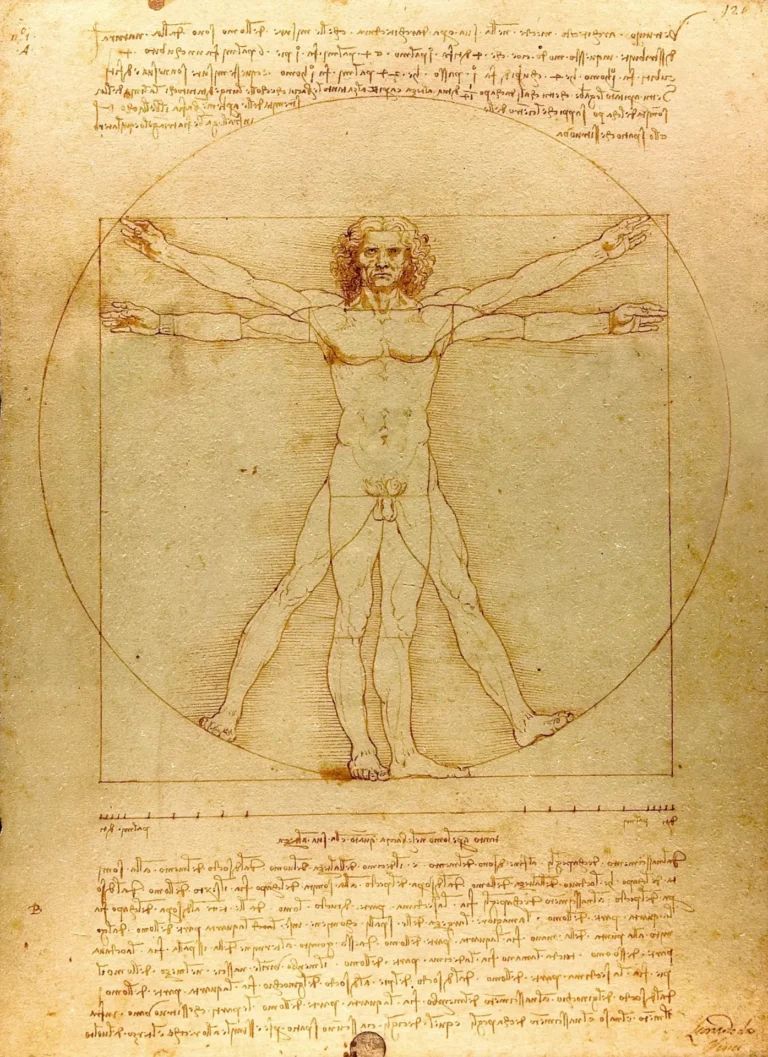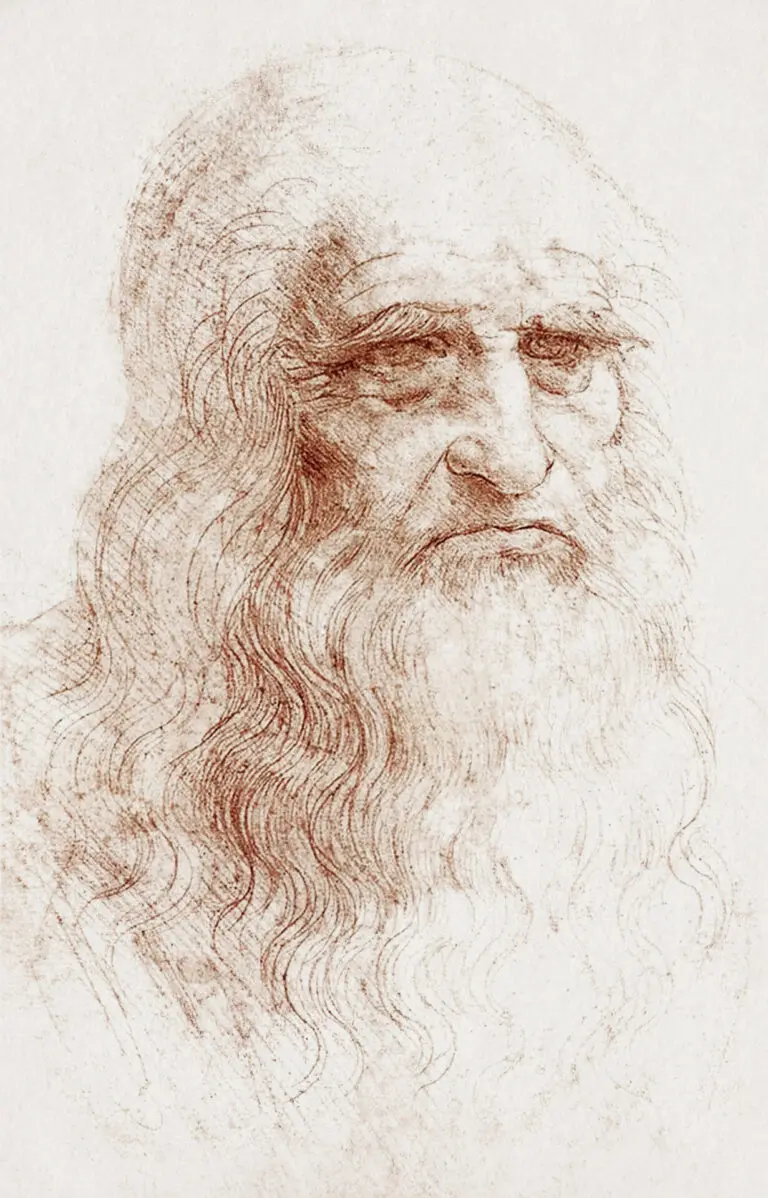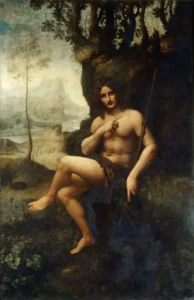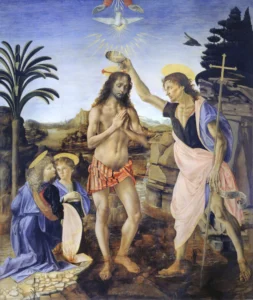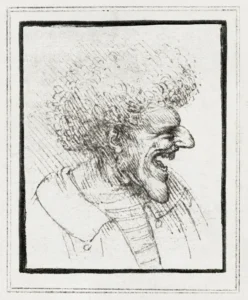Vitruvian Man (1492)
The Vitruvian Man, executed in pen and ink, is a masterful exploration of human proportions based on Viitruvius' architectural principles. It features a male figure positioned within a circle and a square, illustrating the harmonious relationship between humanity and the universe. This artwork not only represents the zenith of Renaissance art but also encapsulates Leonardo's endeavors to merge scientific inquiry with creative expression. Though too fragile for frequent display, it resides at Gallerie dell'Accademia in Venice, where it has remained a pivotal study piece for centuries.
Circa 1490
About the Artwork
Did You Know
Liked what you see? Add it to your collection.
Enjoyed reading? Share it.
... continued
Creation and Date
The Vitruvian Man is generally dated to around 1490, although some sources suggest it could have been created as early as 1487 or as late as 1492.
Medium and Dimensions
The drawing is executed in pen, brown ink, and watercolor over metalpoint on paper, measuring 34.4 cm × 24.5 cm (13.5 in × 9.6 in).
Location
The artwork is housed in the Gallerie dell'Accademia in Venice, Italy, where it has been part of the permanent collection since 1822. Due to its fragile nature, it is rarely put on display.
Description and Significance
The drawing depicts a nude male figure in two superimposed positions, with his arms and legs apart, inscribed within both a circle and a square. This representation allows the figure to strike multiple poses simultaneously, showcasing Leonardo's innovative approach to depicting human proportions.
Inspiration and Proportions
The work is based on the writings of the Roman architect Vitruvius, particularly his treatise 'De Architectura,' which discusses the ideal proportions of the human body.
Symbolism and Philosophical Context
The drawing symbolizes the connection between the human body and the universe, with the circle representing the divine and cosmic, and the square representing the earthly and physical. This duality reflects Leonardo's attempt to relate man to nature and to find a balance between the spiritual and the material.
Artistic and Scientific Value
The Vitruvian Man is celebrated for its artistic and scientific merit, demonstrating Leonardo's mastery of anatomy, geometry, and proportion. It exemplifies the Renaissance ideal of the well-rounded scholar and creative, combining humanistic and technical inquiry.
Historical Context
Leonardo's work was not the first attempt to illustrate Vitruvius' principles, but it is the most renowned. Other artists, such as Francesco di Giorgio Martini and Giacomo Andrea, also created similar drawings, but Leonardo's version is considered the most iconic and influential.




